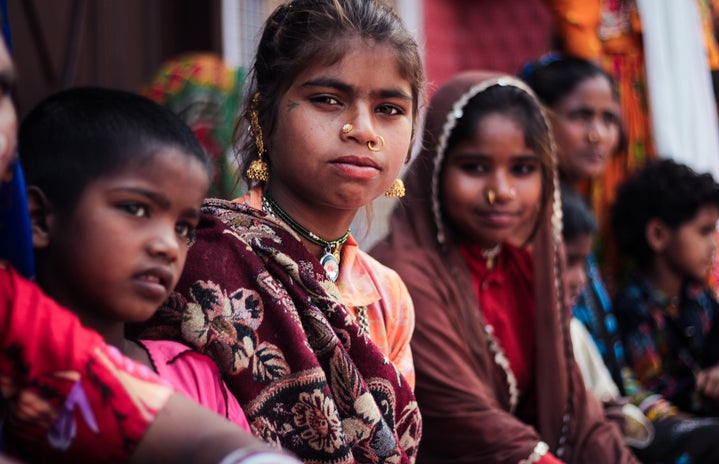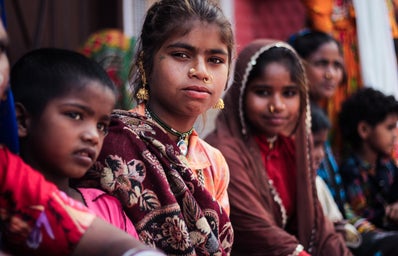India’s inception as a Sovereign country fought against the systematic oppression practiced by non-natives. Yet, we still witness a methodical implementation of caste hierarchies amongst ourselves. Our culture is riddled with regressive casteist notions. It negatively manifests itself in our everyday life where people’s quality of life, choice of livelihood, and social mobility is still interlinked with the caste they were born in.
We swear off them officially, provide reservations in public institutions to combat their long-term historical consequences, yet still manage to preserve caste-based discrimination in our society. How exactly do we allow the system to haunt us today?
Unchecked Divisive Traditions
Peculiar social settings, especially outside metropolitan cities like seating arrangements of people based on their castes reflect the off-handed acceptance of caste hierarchies.
Forbidding ‘lower’ caste communities to share public resources further isolates them from mainstream society. One such incident took place in Gujarat in July 2020 where a Dalit family was denied access to the common village crematorium. They had wanted to cremate their deceased family member but were asked to do so in a separate area designated for Dalits. The issue was later resolved by police interventions. As demonstrated here, the legality of Dalit rights is not the end but a start to drive social change for a truly egalitarian society.
Normalised Targeted Slurs
Language is a major reflection of culture. Indian vernacular’s large-scale acceptance of casteist slurs reflects the culture’s own iniquity. These slurs exploit the identities of ‘lower’ caste communities by negatively stereotyping them.
Since the functional foundations of a sizable chunk of ancient India were based on castes, reforming our culture goes hand-in-hand with correcting the bad traits in our languages. Leaving these linguistic features unchecked is a direct encouragement of caste discrimination.
Inherent Barriers In Professional Choices
Communities at the bottom of caste-based hierarchies are at risk of greater job insecurities. Hindustan Times reported the 2011-12 NSSO statistics where the share of wage laborers among Scheduled Castes was 63%; it was significantly higher than the values for other social groups.
‘Lower’ caste communities lack real choices in choosing their own professions due to their inherently limited access to adequate resources. Growing up in circles with rampant socio-economic insecurities limits them to be skilled for the most accessible yet poorly paid jobs.
Social Superiority Complex
Prohibiting inter-personal connections with other social groups is unnatural and isolating.
Practices like considering inter-caste marriages a taboo, refusing to mingle with a ‘lower’ caste community, assuming one’s own social group intrinsically better than the rest hinders chances of communal rectification.
Ultimately, caste-based discrimination exists because we openly let it fester. The negative cultural connotations of castes trickle down to our language, economy, and social practices. The country’s achievement as a Sovereign nation can truly be acclaimed only when all its citizens can gain access to a life that is free from unwanted and limiting external control, whether it be from an outside nation or an outside caste.


